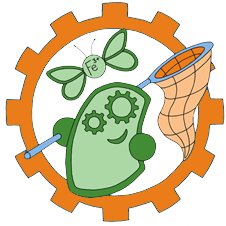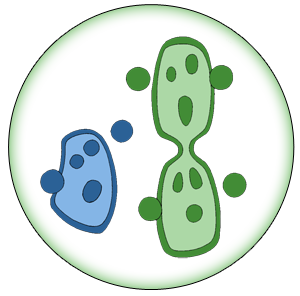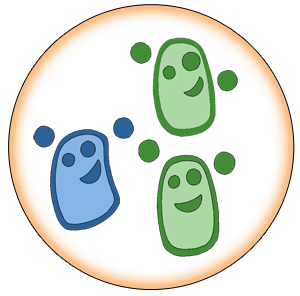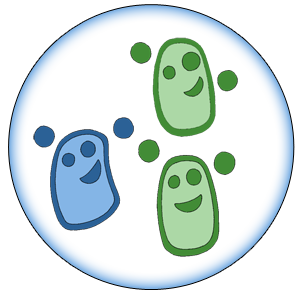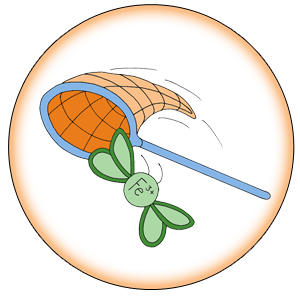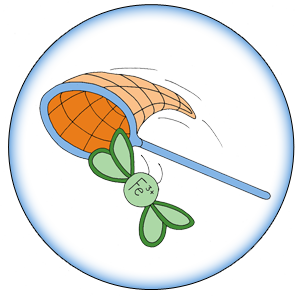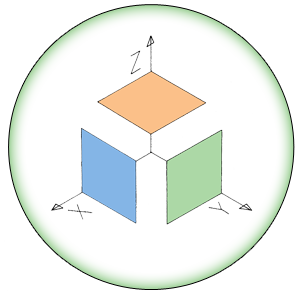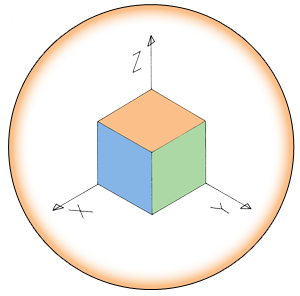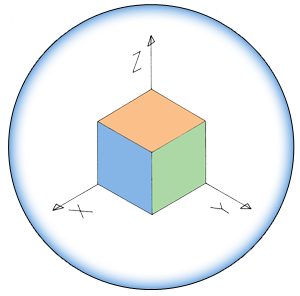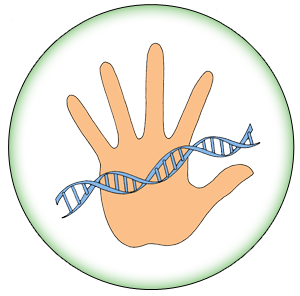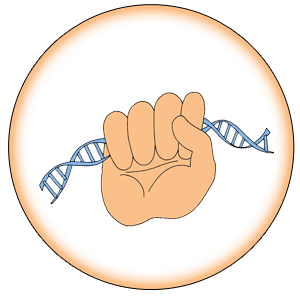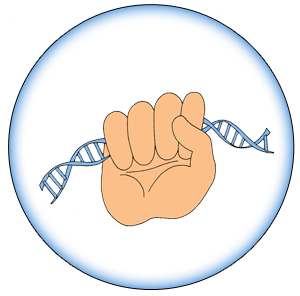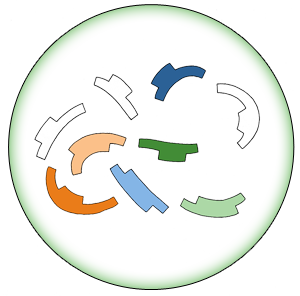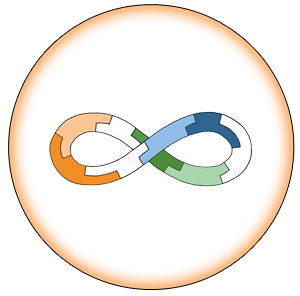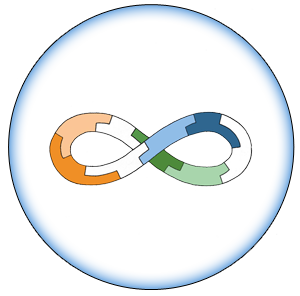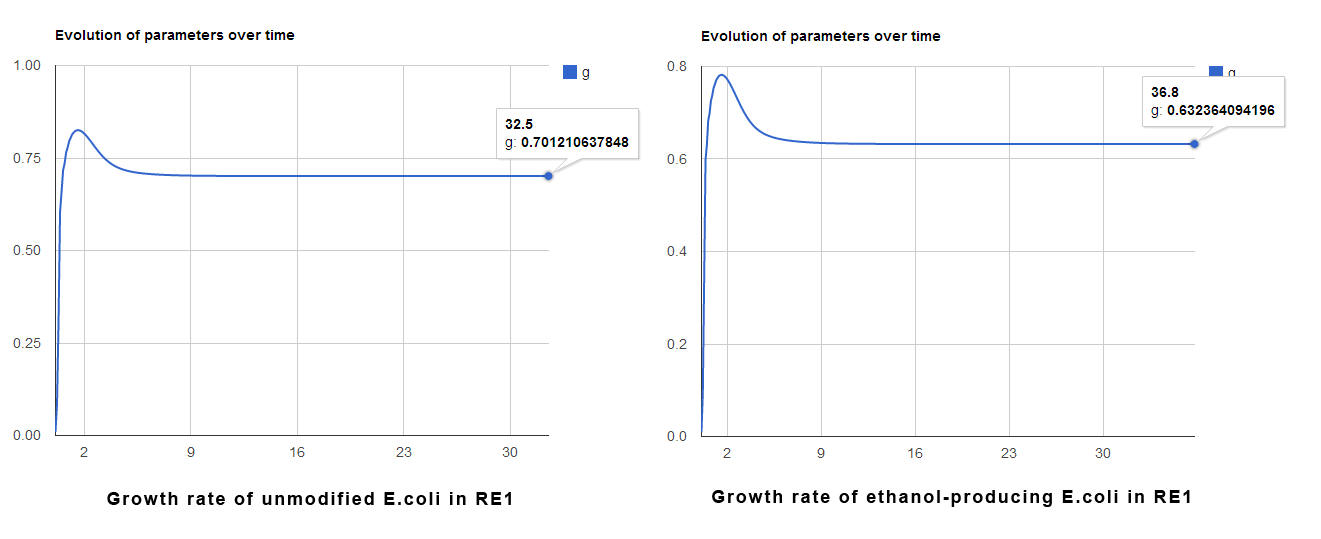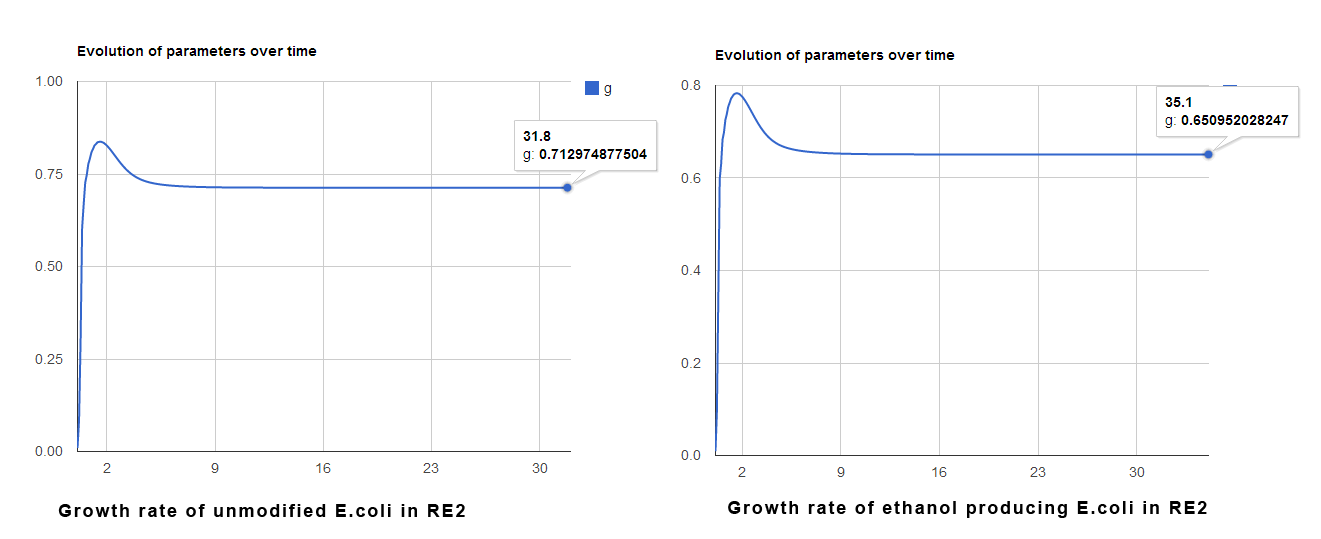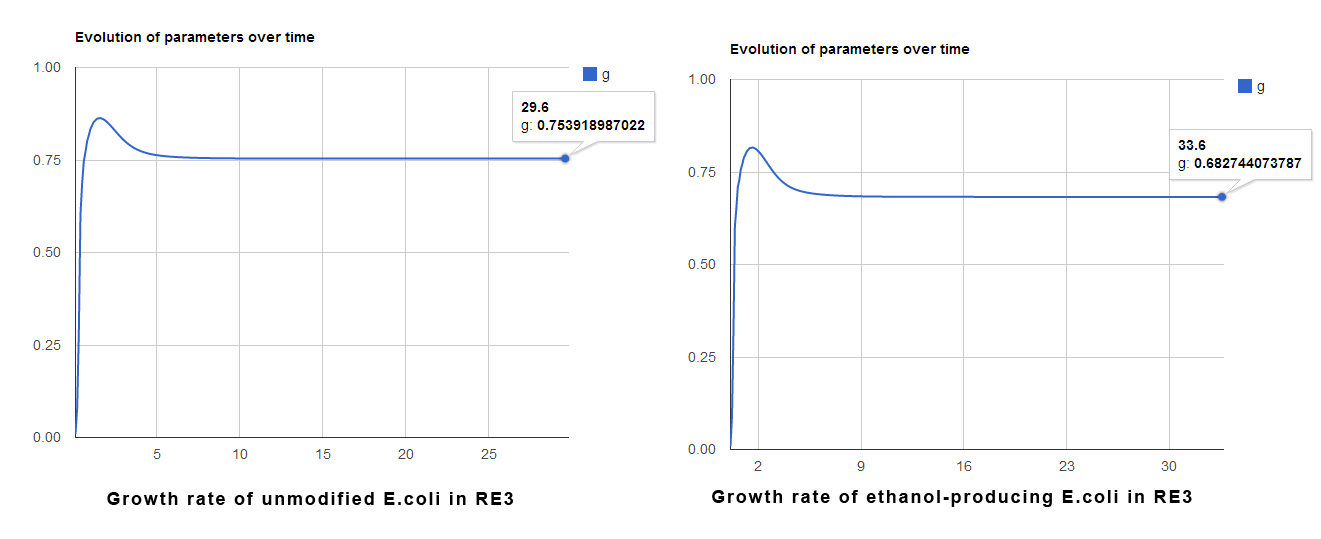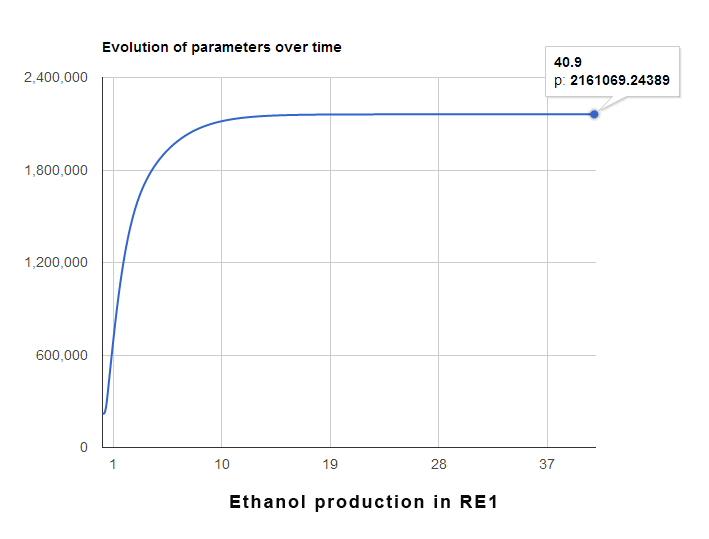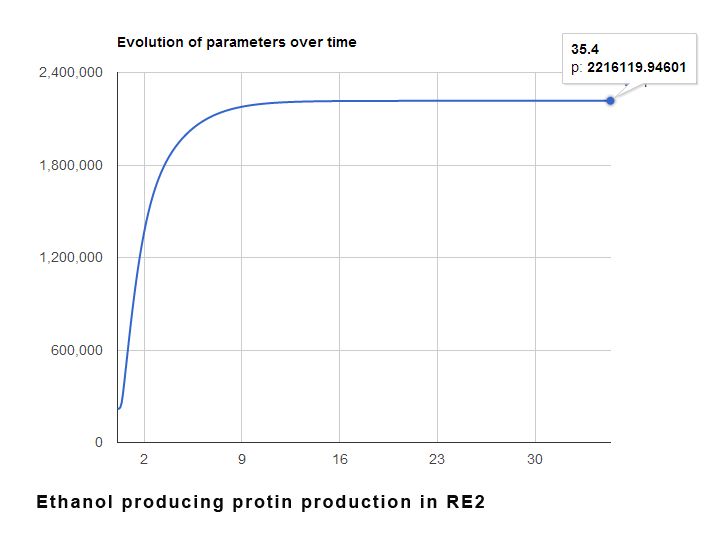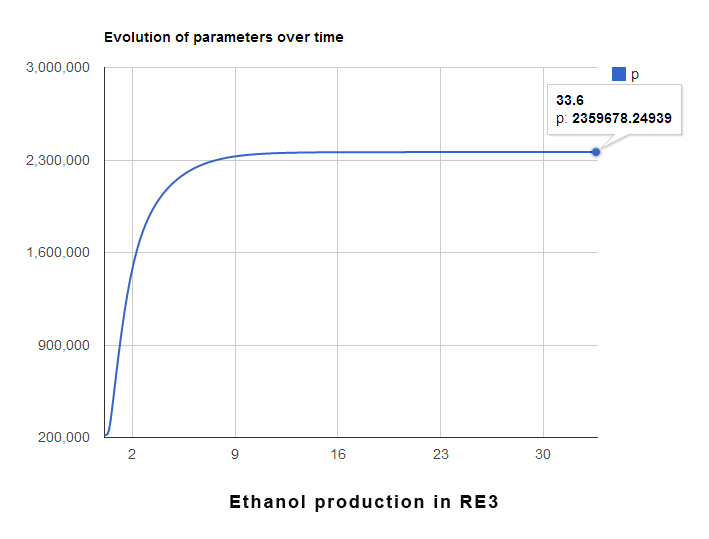Team:Edinburgh/Modeling/Modelling Results
From 2013.igem.org
Hristianita (Talk | contribs) |
Hristianita (Talk | contribs) m |
||
| Line 5: | Line 5: | ||
== Effect of nutrient environment on growth rate | == Effect of nutrient environment on growth rate | ||
| - | |||
| - | |||
We used the whole cell model to make several types of predictions: | We used the whole cell model to make several types of predictions: | ||
== Effect of gene modifications on growth rate == | == Effect of gene modifications on growth rate == | ||
| + | |||
| + | We predicted the difference between the growth rate of the unmodified cells and the cells with the plasmid inserted. We did this for three different nutrient environments (represented by different resource influx rates for the model). The resource influx rates were randomly picked and are not aimed to correspond to actual resource environments. | ||
The graphs below show the values of the growth rate over the time of the simulation from the initial state until steady state is reached. The number shown is the final value of the growth rate at steady state. On the left we can see the results for the unmodified cells, and on the right are the results for the cells modified to produce bioethanol. The results are shown for three different nutrient environments (RE1, RE2, RE3). | The graphs below show the values of the growth rate over the time of the simulation from the initial state until steady state is reached. The number shown is the final value of the growth rate at steady state. On the left we can see the results for the unmodified cells, and on the right are the results for the cells modified to produce bioethanol. The results are shown for three different nutrient environments (RE1, RE2, RE3). | ||
Revision as of 02:35, 5 October 2013
== Effect of nutrient environment on growth rate
We used the whole cell model to make several types of predictions:
Effect of gene modifications on growth rate
We predicted the difference between the growth rate of the unmodified cells and the cells with the plasmid inserted. We did this for three different nutrient environments (represented by different resource influx rates for the model). The resource influx rates were randomly picked and are not aimed to correspond to actual resource environments.
The graphs below show the values of the growth rate over the time of the simulation from the initial state until steady state is reached. The number shown is the final value of the growth rate at steady state. On the left we can see the results for the unmodified cells, and on the right are the results for the cells modified to produce bioethanol. The results are shown for three different nutrient environments (RE1, RE2, RE3).
W
Effect of different nutrient environments on productivity

| 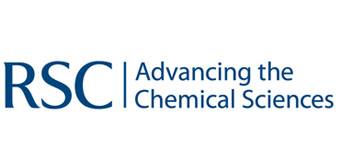
| | | | 
|
| This iGEM team has been funded by the MSD Scottish Life Sciences Fund. The opinions expressed by this iGEM team are those of the team members and do not necessarily represent those of MSD | |||||
 "
"

